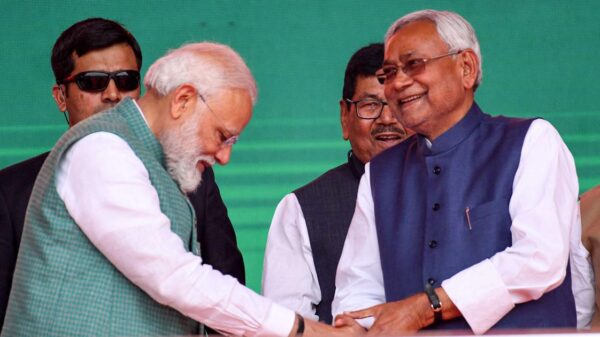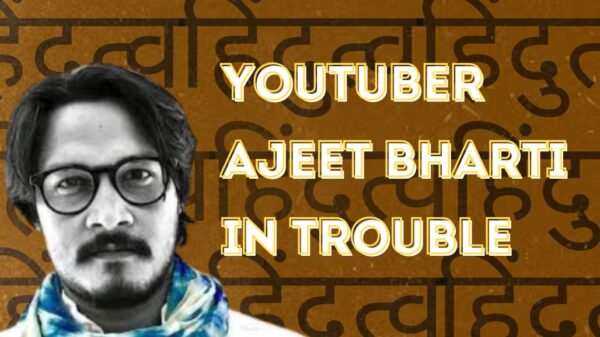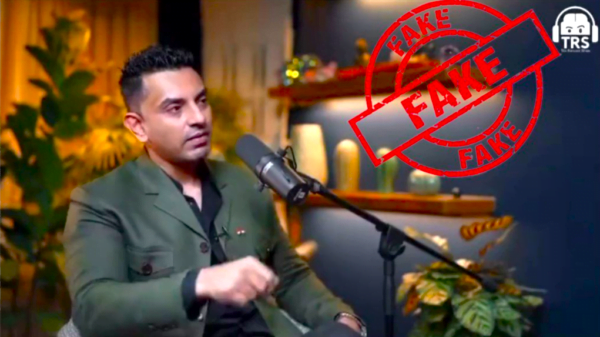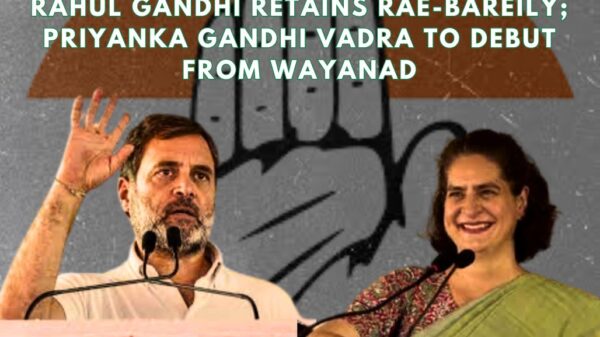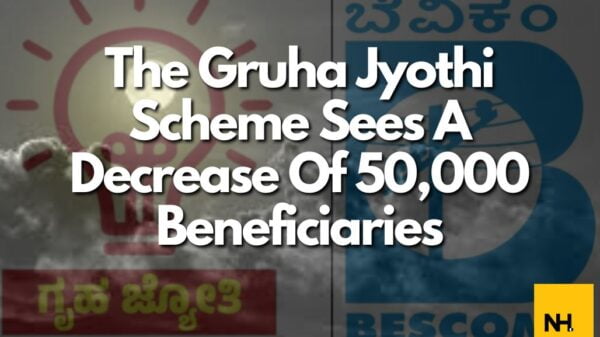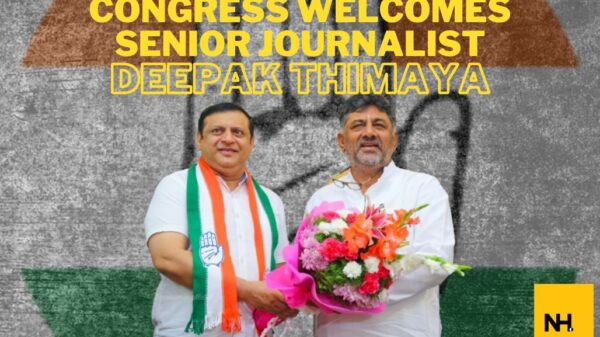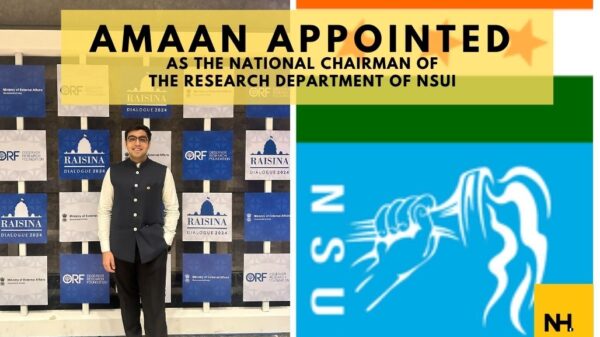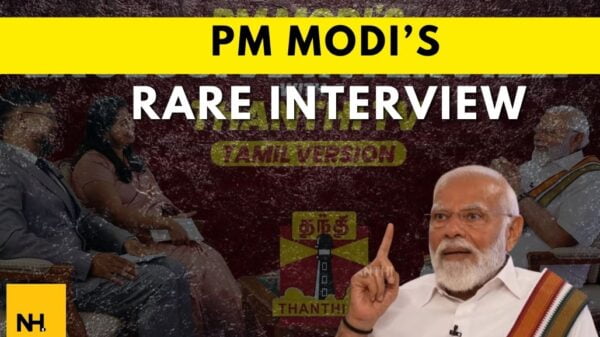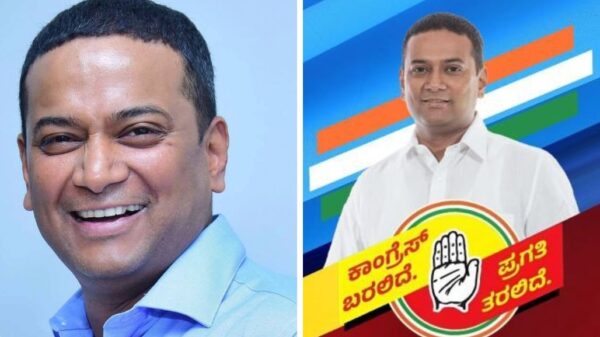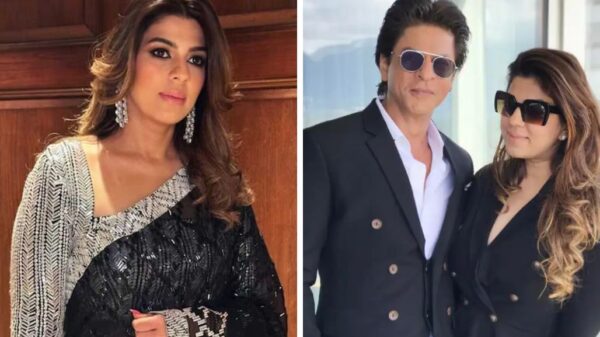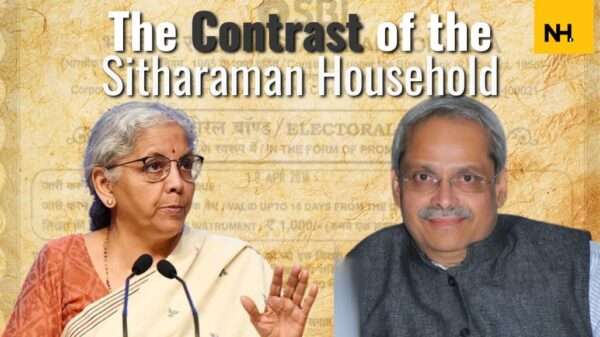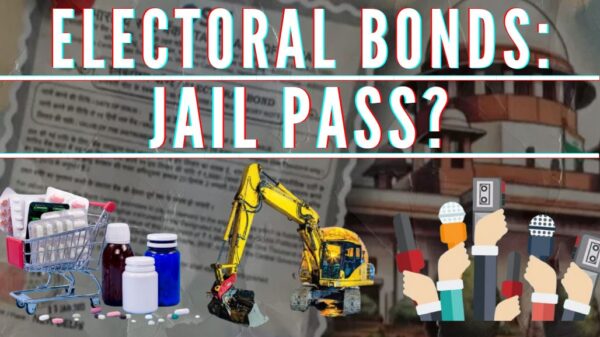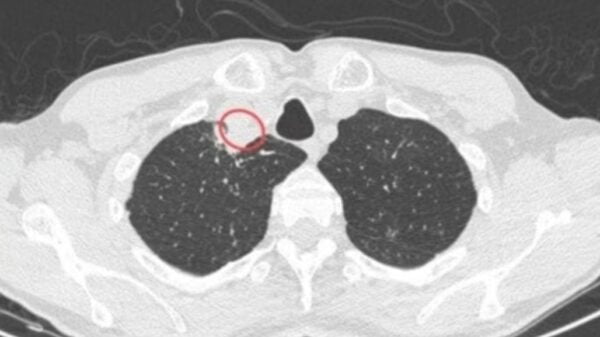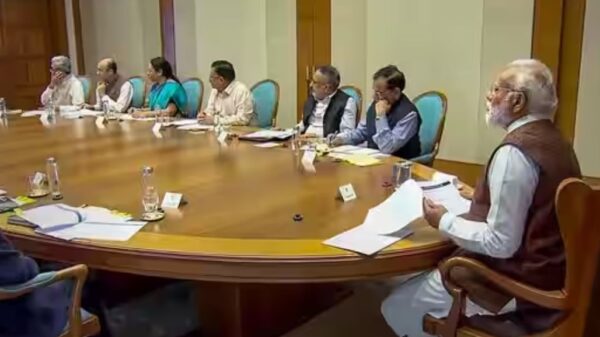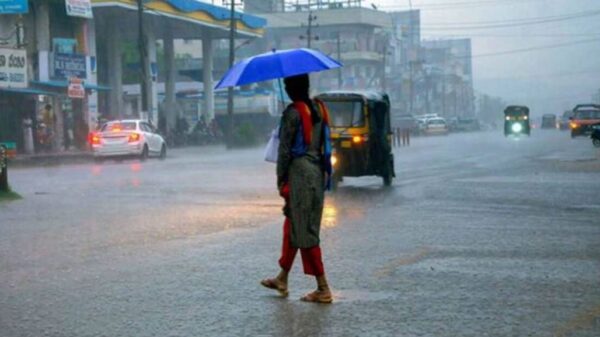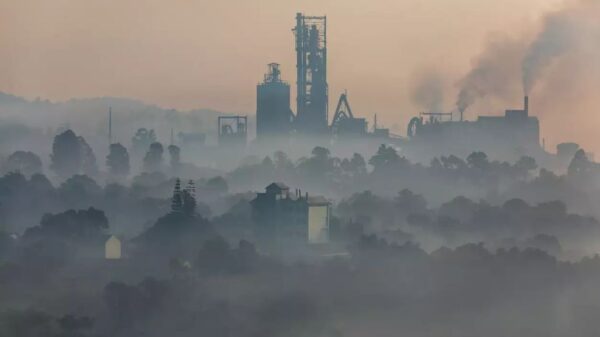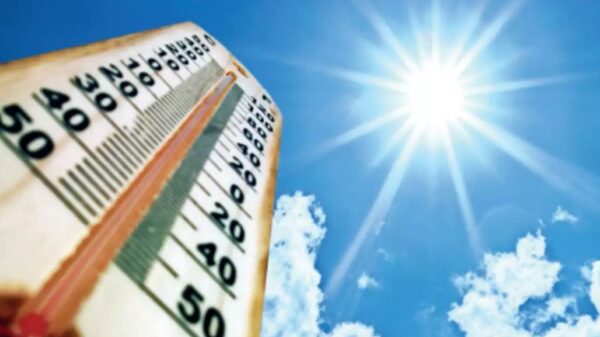The first republic day parade, on January 26, 1950, was inspired not only by anti-colonial mobilizations but also had elements borrowed from the imperial age. The republic day ceremony derives its inspiration from the three Imperial coronations known as the Delhi Durbars.
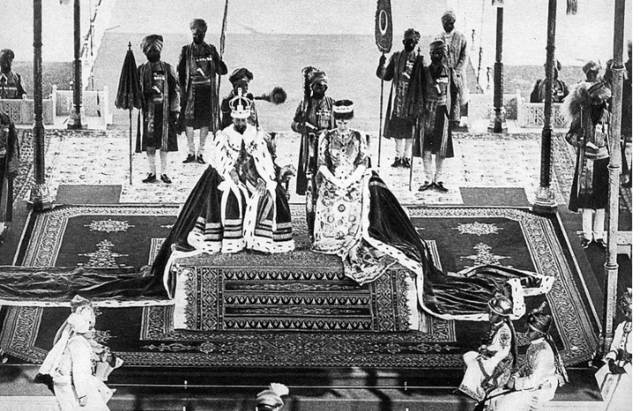
Source- India Times
The first coronation made Queen Victoria as Qaisar-i-Hind or the Empress of India, the 1903 coronation of Edward VII and the 1911 spectacle for Geroge V as the emperor of India are the base on which future public processions including the Republic Day of India are based.
The revolt by the Indians failed to oust the British but did manage to end the control of the East India Company and bring the subcontinent directly under the British crown. To effect this transition, the crown passed the Government of India Act of 1858.
The coronation ushered in a ritual known as the Delhi Durbar- a public spectacle of Imperial coronation. And this Durbar-style pageantry was inspired by the victors of previous ages who arrived in the capital, Delhi, with pomp and grandeur.
Two days after the death of Queen Victoria, Edward VII was crowned as the king at St James palace on the 24th of January, 1901. And to celebrate the grand ascension of the emperor ‘whose title was acknowledged by Hindu and Muhammadan, by Rajput and Mahratta, by Sikh and Pathan, was properly an occasion for national rejoicing.’
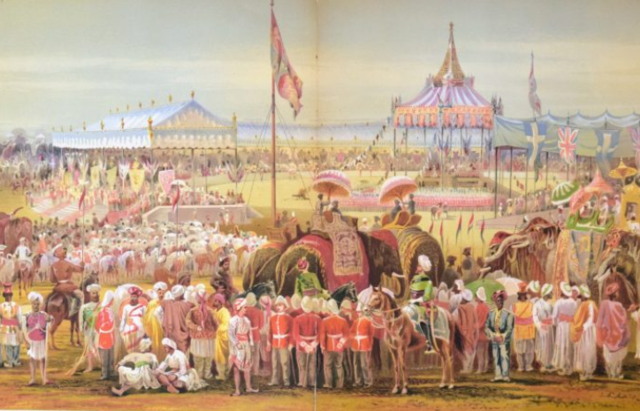
Source- India Times
The imperial Durbar was to be a sight hitherto unseen in the history of the subcontinent. While the 1877 coronation had been attended by 67 ruling chiefs, King Edward’s coronation was to have 100; the spread of the railways was another reason for a larger assemblage at the Durbar. It was the first time in the history of India that Indian royalty had come together with the same goal of paying homage to the British Crown.’ writes Nuzhat Khatoon, a South Asian Reference Specialist, on the Library of Congress website.
At the viceroy’s arrival a 31-gun salute was sounded along with the national anthem played by the Bedfordshire regiment. The ritual was repeated when, on a train from Bombay, the regal representatives- the Duke and Duchess of Coannaught. The other esteemed Indian rulers were assembled according to their station and the ride waiting for them was ‘a lordly tusker, named “ Luchman Prasad,” lent by the Maharaja of Benares.
The grand scale on which the Delhi durbar took place was exemplary and something never seen before. Post the colonial rule, quite a few elements of this glorious affair were carried forward for the republic day celebrations of independent India.




